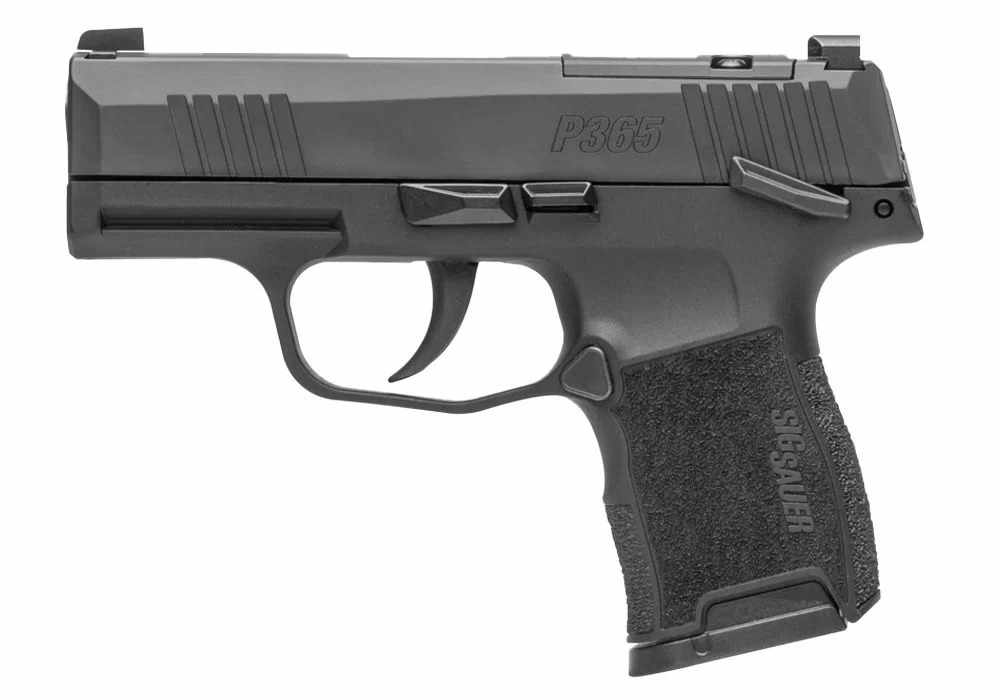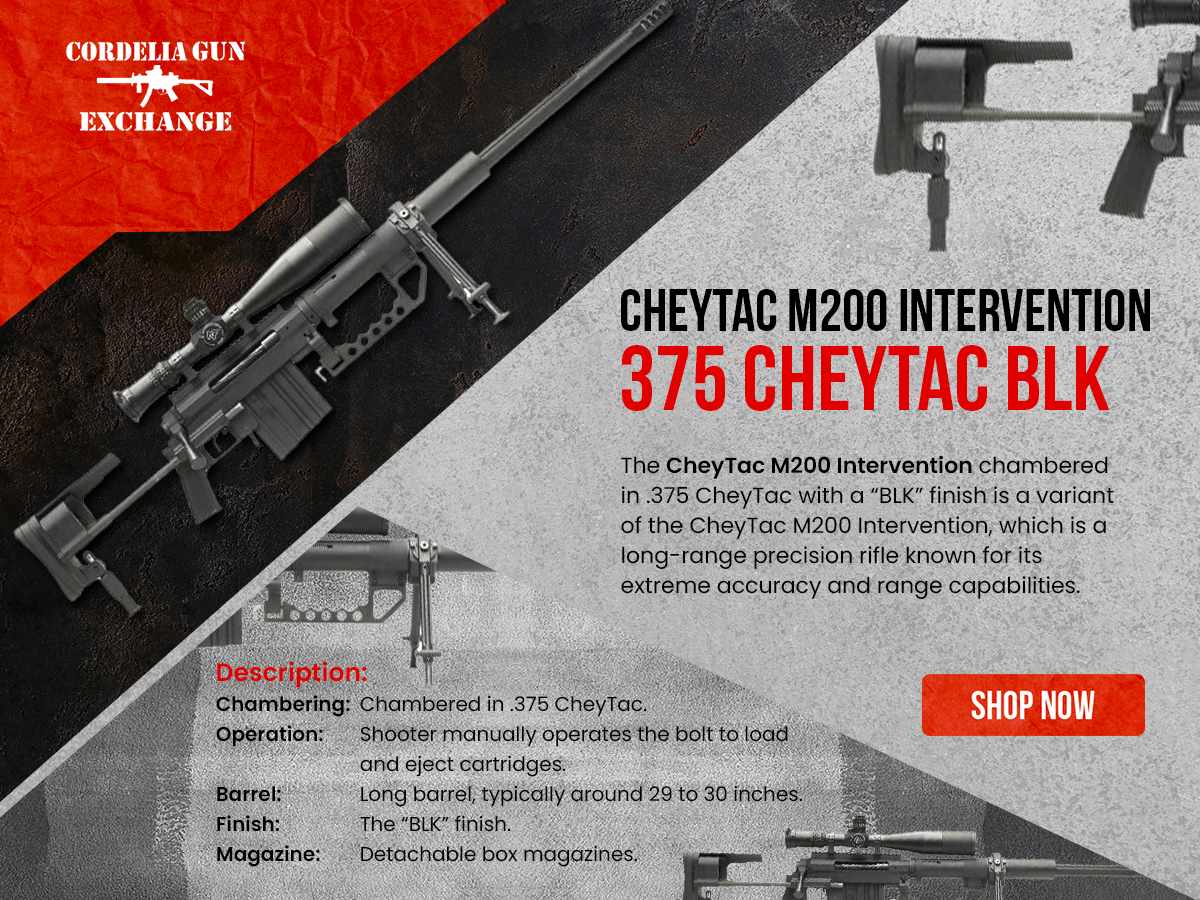
What is a Shotgun Choke?
A shotgun choke is a device or constriction located at the muzzle end of a shotgun barrel. Its purpose is to control the spread of the shot as it leaves the barrel. In simple terms, it determines how tight or wide the shot pattern will be when it hits the target.
Whether you’re hunting birds, shooting clays, or defending your home, the shotgun chokes you use can significantly impact performance. They help shooters achieve better accuracy and range depending on the type of game or target.
How Does a Shotgun Choke Work?
When a shotgun is fired, the pellets begin to spread out as they exit the barrel. The choke controls this spread. A tighter choke will keep the pellets closer together, increasing range and penetration. A more open choke allows the pellets to spread quickly, which is useful for close-range shooting.
By modifying the constriction at the end of the barrel, different types of shotgun chokes help tailor your shot pattern to your specific shooting need. For instance:
A tight choke is ideal for distant targets.
A wide-open choke is better suited for close-range shooting.
This ability to adapt to different shooting situations makes chokes a vital part of any shotgun setup.
Common Types of Shotgun Chokes
Here’s a breakdown of the most common shotgun choke sizes and how they function:
1. Cylinder Choke
Constriction: None
Pattern: Widest spread
Use: Home defense, close-range shooting
Note: If you're wondering, "which shotgun choke is the most open?" — this is it.
2. Improved Cylinder
Constriction: Slight
Pattern: Slightly tighter than cylinder
Use: Upland bird hunting, skeet shooting
3. Modified Choke
Constriction: Moderate
Pattern: Balanced spread and range
Use: General-purpose hunting, waterfowl
4. Improved Modified
Constriction: More than modified, less than full
Pattern: Tighter grouping
Use: Longer-range waterfowl and small game
5. Full Choke
Constriction: Tight
Pattern: Dense shot pattern
Use: Turkey hunting, long-range shooting
6. Extra Full / Turkey Choke
Constriction: Very tight
Pattern: Extremely dense
Use: Targeting small areas (like a turkey's head) at longer distances
These are the fixed or interchangeable tubes that determine how your shot behaves downrange. Most modern shotguns allow you to switch chokes depending on your needs, offering great versatility.
Continue reading: Types of Bullets: Sizes and Calibers
Understanding Different Chokes
When choosing among the shotgun chokes, you should consider what kind of shooting you plan to do. Each choke size affects your accuracy, range, and pellet distribution differently.
Here’s how they differ in practical use:
Close-range shooting: Use Cylinder or Improved Cylinder. These spread the shot wide quickly, giving you a better chance of hitting fast-moving or nearby targets.
Mid-range shooting: Go for a Modified or Improved Modified choke. These give a balance of spread and distance, ideal for duck hunting or sporting clays.
Long-range shooting: Choose a Full or Extra Full choke. These keep pellets tightly grouped for pinpoint accuracy at a distance.
It's essential to match the choke to your purpose. A common mistake is using a choke that's either too open or too tight for the game you're targeting.
Also, don’t forget that not all ammunition types perform the same in every choke. Always test your load and choke combo on a pattern board to see how it performs before going into the field.
FAQs
Q: Can I change shotgun chokes on any shotgun?
A: Only shotguns with interchangeable choke systems allow choke changes. Some older or cheaper models have fixed chokes.
Q: Do all shotgun chokes fit all shotguns?
A: No, chokes are model-specific. Always check compatibility before buying a new one.




















Write a comment ...